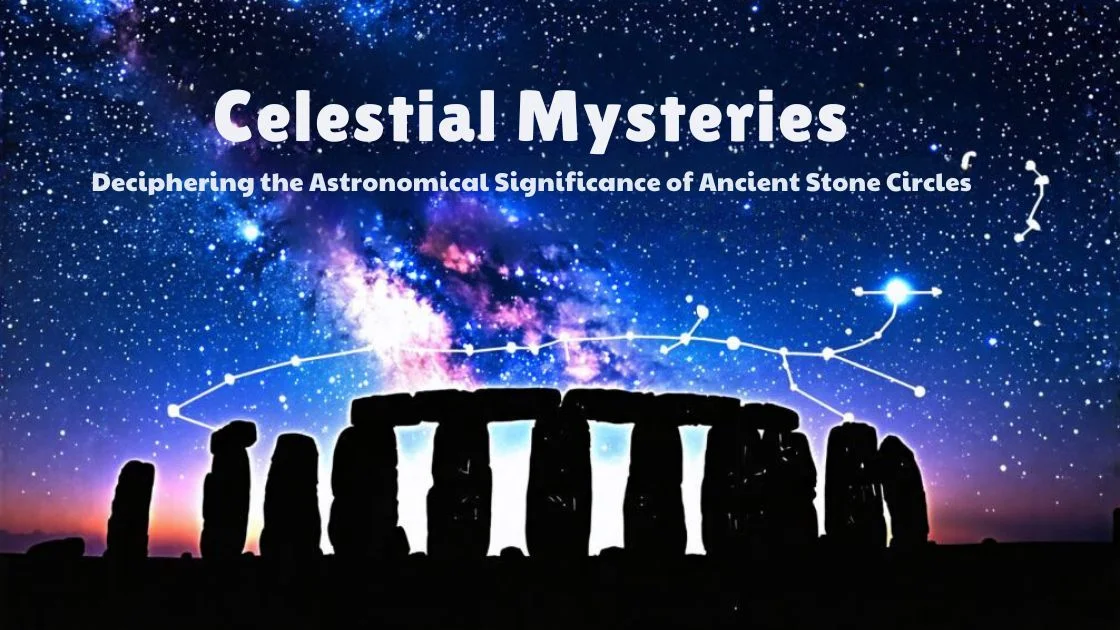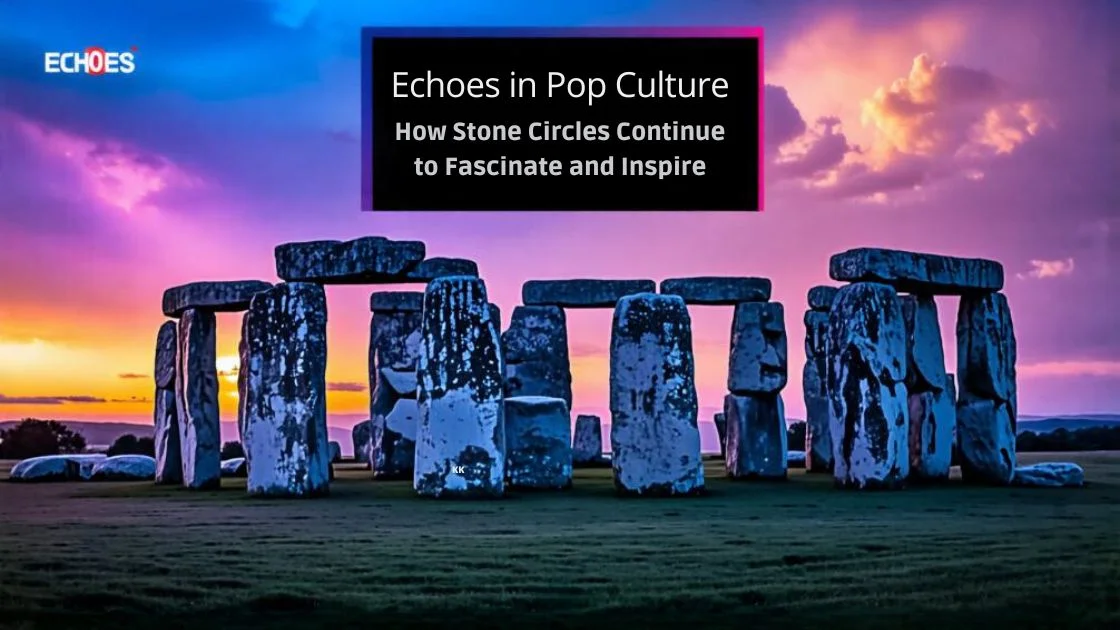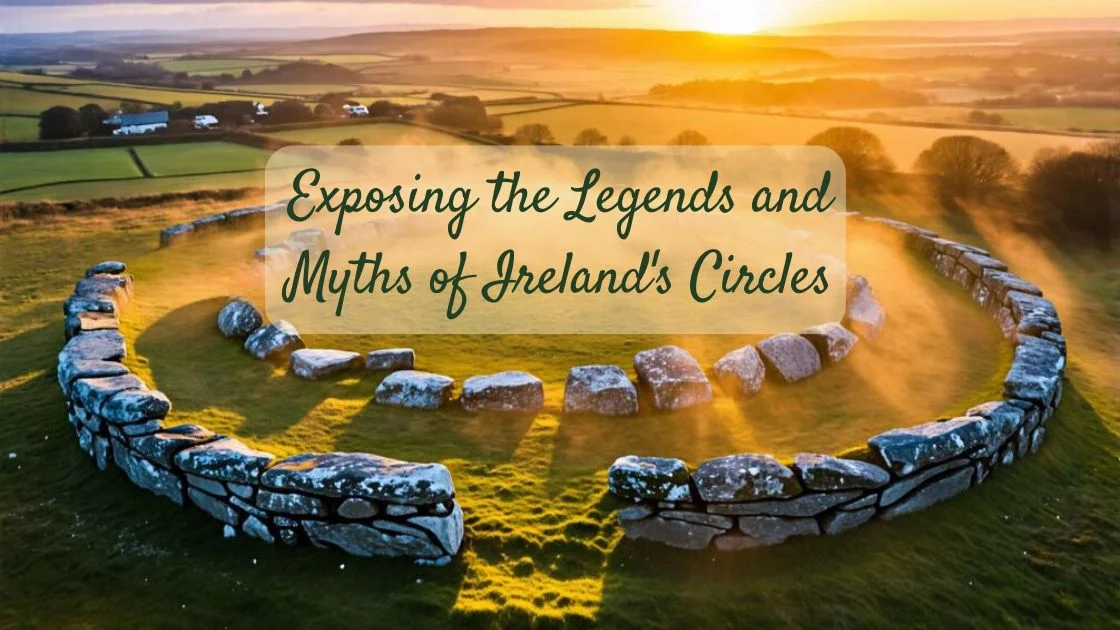Ireland’s Neolithic period, a crucible of ancient innovation, bequeaths a legacy etched in stone. This article meticulously explores the enigmatic monuments of this era—engineered marvels that have weathered millennia.
We examine their architectural sophistication, ritualistic significance, and the cryptic allure of their megalithic art.
As we delve into recent archaeological findings, we aim to preserve these prehistoric treasures, offering insights that resonate with the spirit of cultural freedom and historical enlightenment.
Key Takeaways
- The transition to Neolithic and the Agricultural Revolution in Ireland marked a significant shift in socio-economic patterns, with the arrival of agriculture around 4000 BCE.
- Neolithic monuments, such as megalithic tombs, stone circles, and alignments, were built with methodical planning and a deep understanding of the natural world, showcasing the mastery over the environment.
- These monuments served as testaments to the complex spiritual life and celestial observations of Neolithic societies, with alignments to astronomical events and symbolic representations found within the structures.
- Megalithic art, with its abstract geometric patterns and representational forms, offers insights into the symbolic universe of Neolithic societies, though the precise meanings remain elusive.
The Dawn of Neolithic Ireland
The transition to Neolithic Ireland, marked by the arrival of agriculture around 4000 BCE, ushered in an era of monument-building by these early farming communities. This seminal period saw the pivotal hunter-gatherer transition, where a nomadic lifestyle gave way to settled agriculture.
Analysis of stone tools from this epoch reveals a profound shift in socio-economic patterns. These tools, increasingly sophisticated, offer a lens into the evolving human-environment interaction. As agriculture took root, land was transformed, necessitating new technologies and altering social structures.
The Neolithic settlers, wielding their stone tools, not only cultivated the land but also laid the foundations of Ireland’s prehistoric legacy, epitomized by the iconic megalithic structures that continue to capture the world’s imagination in a quest for understanding and liberation from the confines of modernity’s imposed narratives.
Architectural Marvels Unearthed
Ireland’s Neolithic landscape is dotted with a remarkable array of megalithic tombs, stone circles, and alignments, which attest to the architectural ingenuity and cosmological sophistication of its early inhabitants. These stone constructions are not just random placements; rather, they are the result of methodical planning and a deep understanding of the natural world.
Archaeologists have unearthed ancient dwellings that offer a window into the societal structures and daily lives of these communities. The precision of the megalithic tombs, with their intricate entrance passages aligned with astronomical events, underscores a deliberate attempt to harmonize human activity with celestial phenomena.
The enduring nature of these structures speaks volumes about the Neolithic people’s mastery over their environment and their quest for permanence and legacy.
Rituals and Celestial Alignments
Beyond their architectural significance, these monuments also serve as a testament to the complex spiritual life and celestial observations of Ireland’s Neolithic communities. Examination of stone carvings within these structures reveals symbolic representations that may have been integral to ritual practices.
Such artistic expressions, coupled with the precise orientation of megalithic passageways towards solstitial events, suggest a sophisticated understanding of the annual cycle. This knowledge was likely pivotal in dictating the timing of harvest festivals, which were essential for survival and societal cohesion.
The alignment of these monuments with astronomical phenomena underscores the Neolithic society’s desire to harmonize their spiritual and agricultural activities with the natural order, emphasizing a yearning for balance and continuity in their world.
The Mystery of Megalithic Art
Megalithic art, an enigmatic feature of Ireland’s ancient stone monuments, offers invaluable insights into the symbolic universe of Neolithic societies. Its precise meaning remains elusive, yet through detailed analysis and artistic interpretations, researchers strive to unravel the stone symbolism embedded within these prehistoric canvases. The artistic expressions range from abstract geometric patterns to more representational forms, suggesting a complex iconography far from mundane.
| Site Name | Artistic Feature | Possible Interpretation |
|---|---|---|
| Newgrange | Spiral Motifs | Cycles of Life, Sun |
| Knowth | Crescents | Lunar Phases, Fertility |
| Loughcrew | Zigzags | Water, Regeneration |
| Carrowmore | Circles | Unity, Cosmos |
Each pattern, incised with intent by Neolithic hands, beckons modern minds to ponder the ideologies of freedom and existential significance that might have shaped the lives of those who came before.
Excavations and Discovery Insights
Archaeological excavations at Ireland’s Neolithic sites have unearthed a wealth of artifacts and structural insights, shedding light on the complex societies that built these ancient monuments.
The meticulous application of carbon dating has allowed scholars to construct precise chronologies of these enigmatic structures, revealing patterns of construction and usage that span centuries.
Investigations into ancient DNA extracted from human remains found at these sites offer unprecedented glimpses into the genetic ancestry, health, diet, and mobility of the Neolithic populations.
These scientific analyses have begun to weave a narrative that transcends mere speculation, providing a robust framework for understanding the socio-cultural dynamics of these early settlers.
The careful interpretation of these findings underscores the ingenuity and resourcefulness of a civilization that has long captivated the human imagination.
Preserving Prehistoric Heritage
As researchers continue to decode the mysteries of Neolithic Ireland, the conservation of these ancient sites has become an imperative aspect of safeguarding our shared prehistoric heritage.
The extraction and analysis of ancient DNA from skeletal remains provides an invaluable window into the lives of our ancestors but also underscores the fragility of these resources.
Conservation challenges are paramount, encompassing not only the protection of structural integrity against natural decay but also guarding against anthropogenic threats such as pollution and unauthorized excavation.
Each monument encodes millennia of history; hence, meticulous preservation strategies are essential.
These strategies must balance the pursuit of knowledge with the ethical stewardship of cultural memory, ensuring that the echoes of ancient lives are not silenced by the wear of time or the oversight of the present.


